The crumbling Jain heritage of Pakistan
Jainism has a long history in Pakistan , going back to early historic period, when this land formed part of an flourishing ancient Indic civilization
With advance of invaders how jainism declined & the temples razed & deserted
Thread

Jainism has a long history in Pakistan , going back to early historic period, when this land formed part of an flourishing ancient Indic civilization
With advance of invaders how jainism declined & the temples razed & deserted
Thread
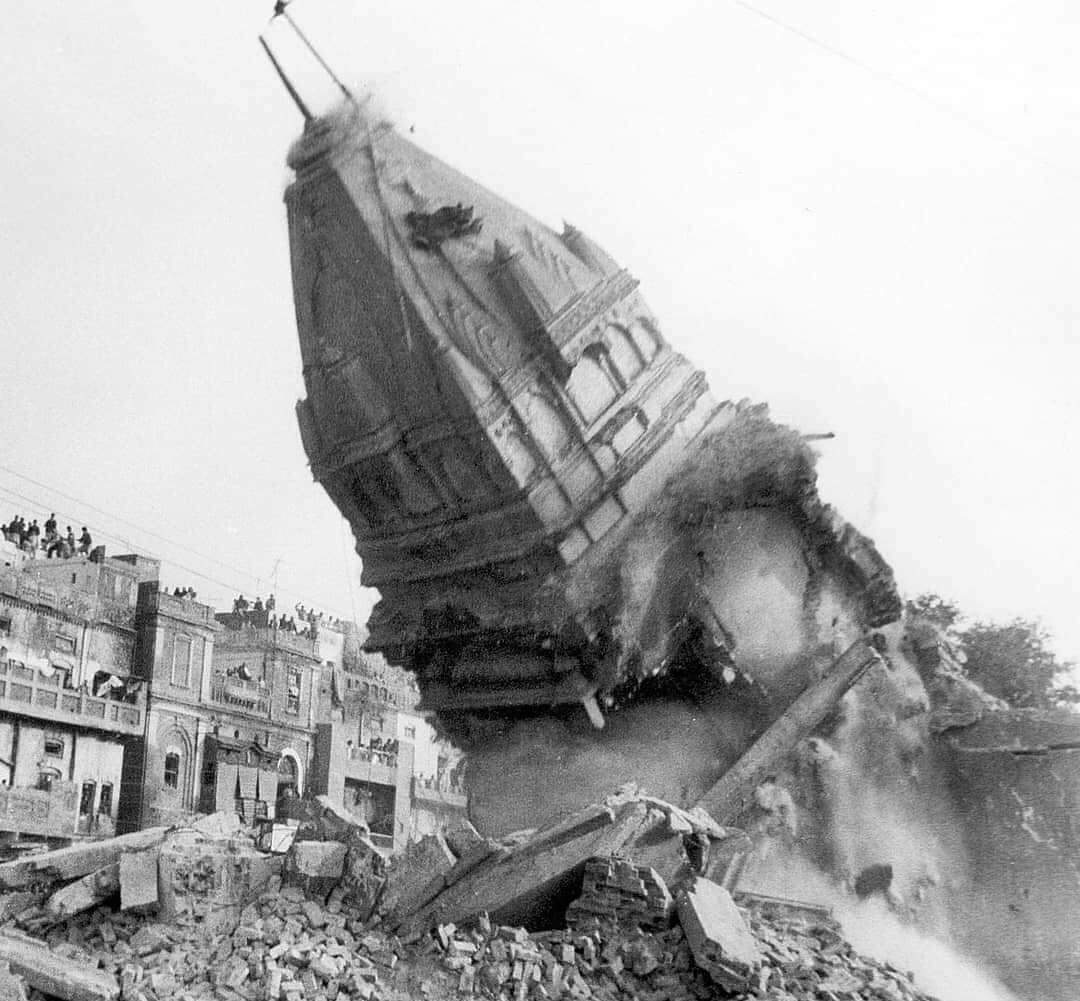
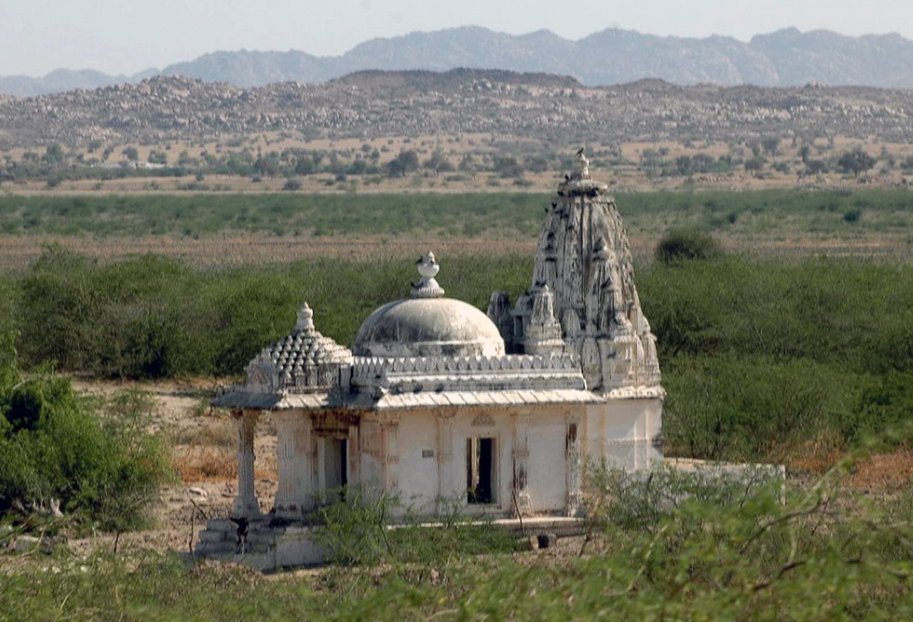
In map the important investigated Jain site is marked.
Punjab & Sindh ways been a stronghold of jainism since ancient times
Sad part is not a single temple is functioning & most temples been completely ruined & the temple which survived are generally in miserable condition
Punjab & Sindh ways been a stronghold of jainism since ancient times
Sad part is not a single temple is functioning & most temples been completely ruined & the temple which survived are generally in miserable condition
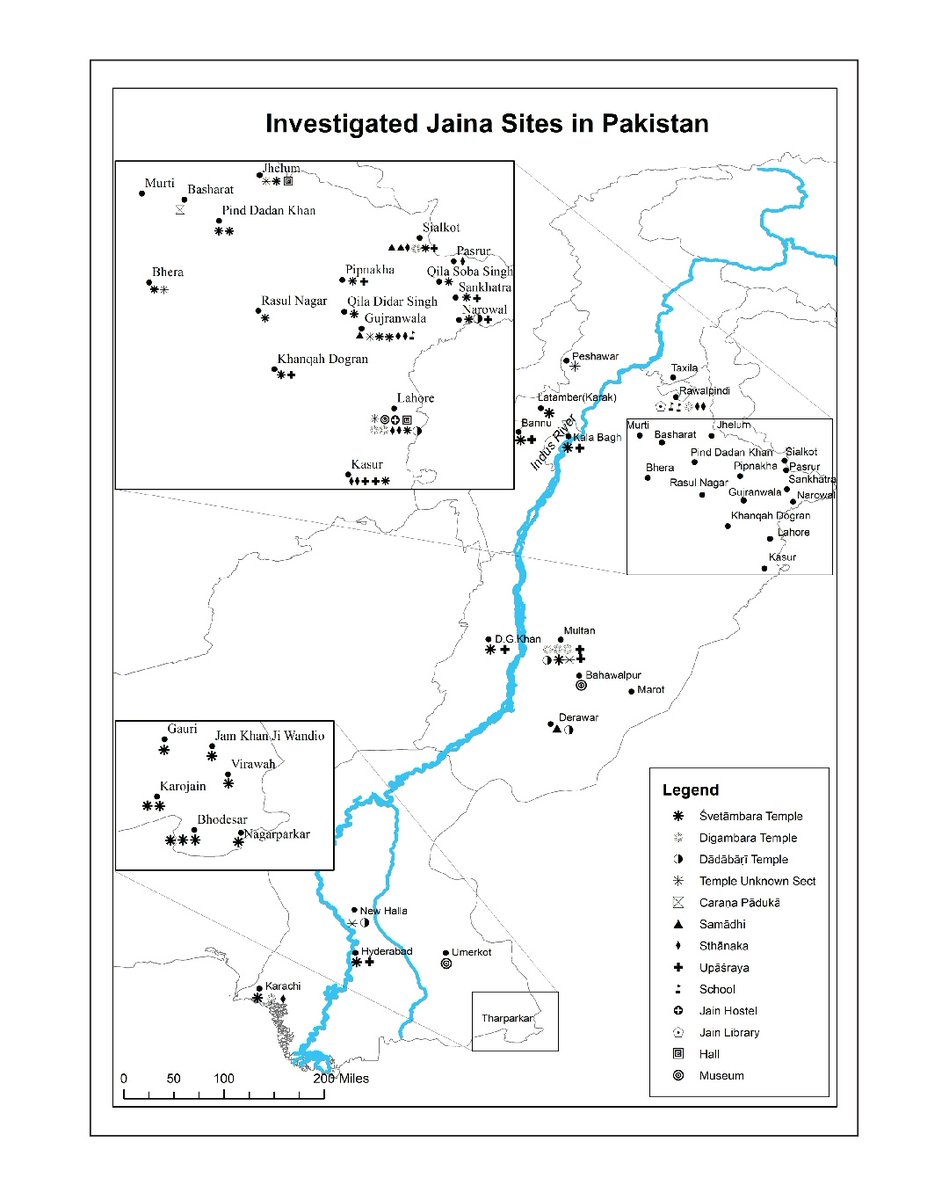
After partition jainism & Jain communities of Pakistani Punjab & Sindh vanished from the land & collective memory
There is no reference of jains in the local literature , history books doesn't make any ref too
Below date which state the number of jains in Punjab 1911 census

There is no reference of jains in the local literature , history books doesn't make any ref too
Below date which state the number of jains in Punjab 1911 census
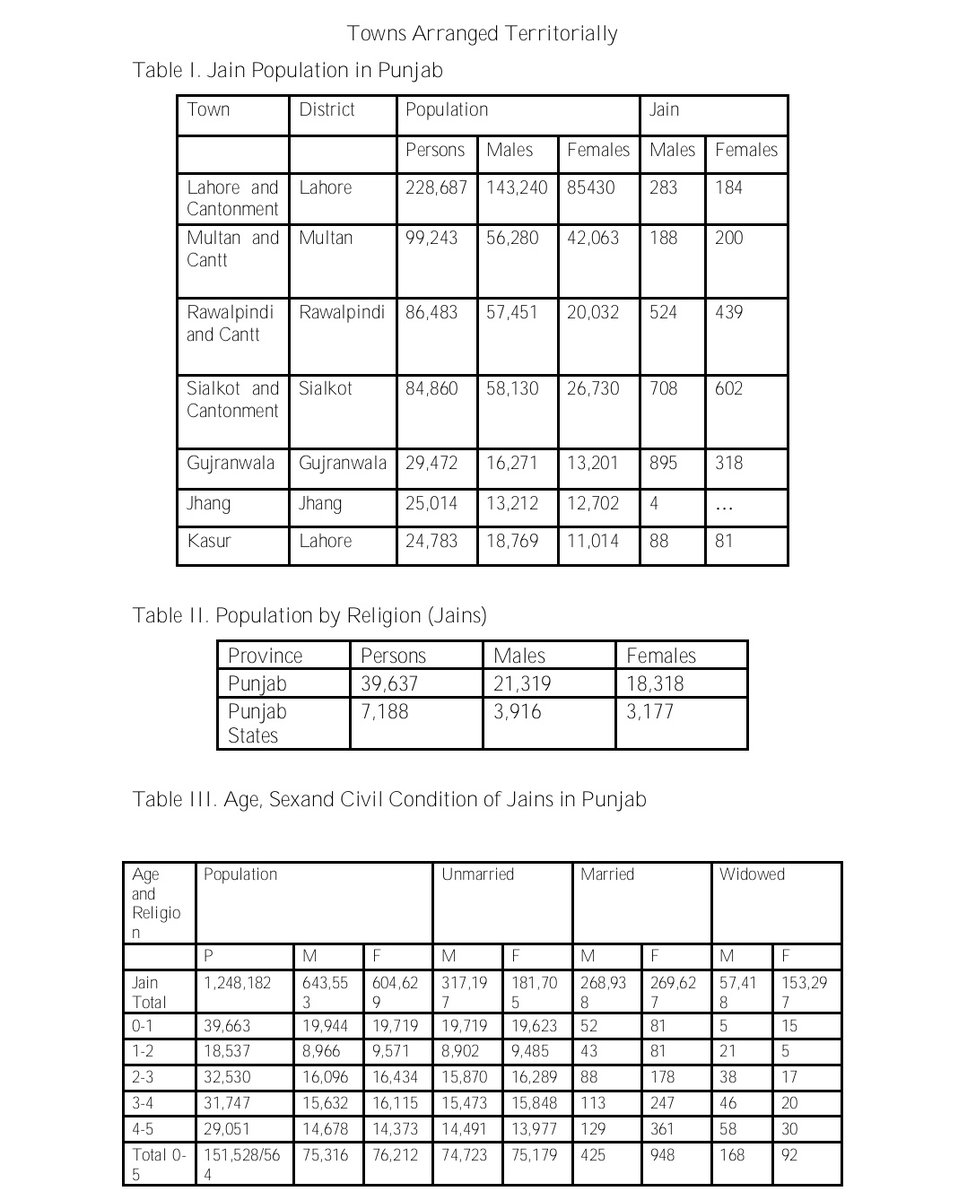

Prior to 20th c, the Jain community formed roughly one percent of the total population with some places popln going higher to 2-3%
At the eve of partition almost the entire Jain popn migrated to india,except of few household in sindh later most of Jain been converted to isl@m
At the eve of partition almost the entire Jain popn migrated to india,except of few household in sindh later most of Jain been converted to isl@m
Coming to Jain heritage in Pakistan
This is relic of the Sirkap city period (2nd century CE or earlier ) The shrine is badly ruined
Nothing of the superstructure survives.
Taxila was one of the earliest center of learning in the world where once indic civilization thrieved
This is relic of the Sirkap city period (2nd century CE or earlier ) The shrine is badly ruined
Nothing of the superstructure survives.
Taxila was one of the earliest center of learning in the world where once indic civilization thrieved
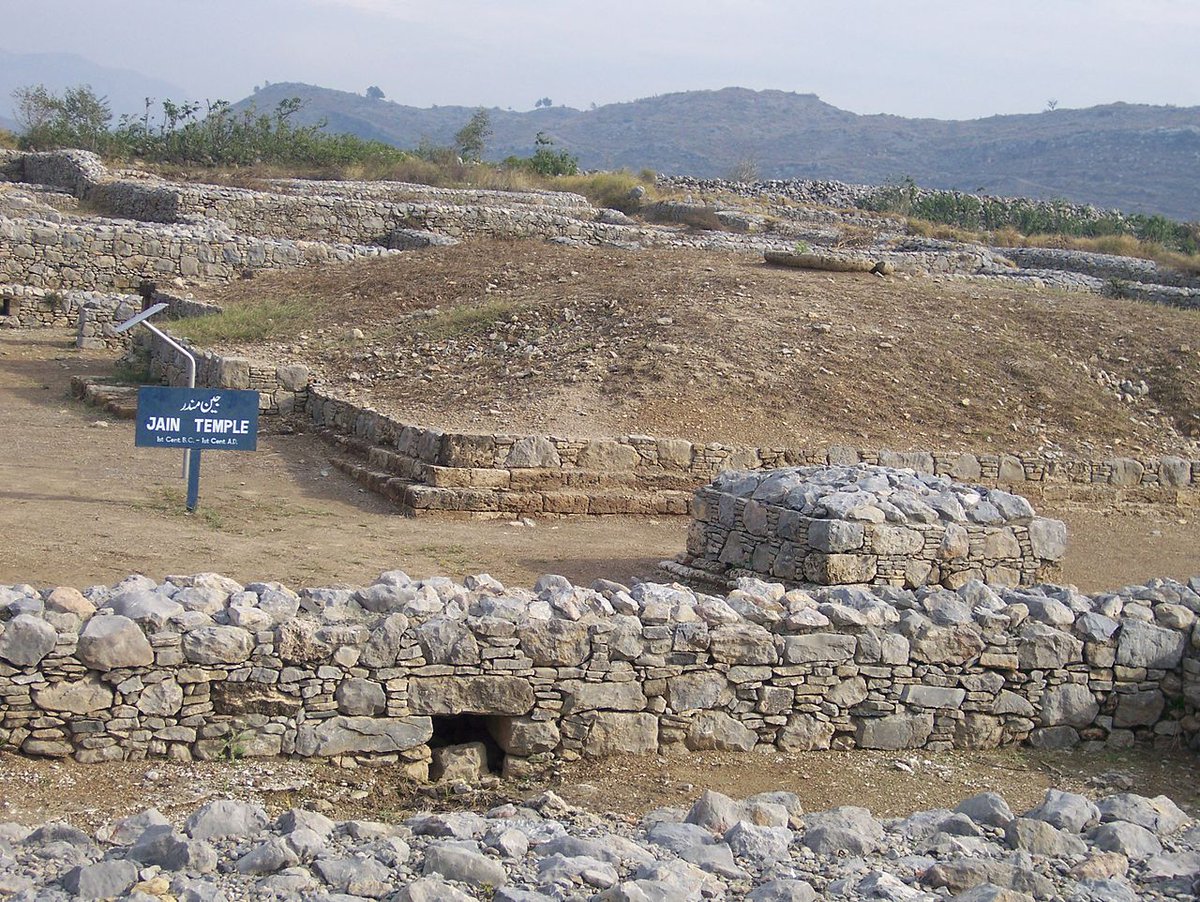
Nagarparkar ,Sindh paksitan once was a great seat of Jain learning , now with hardly jains left in the country , this major ancient monuments lies abandoned , destroyed & neglected in mystery .
Now around 14 Jain temples scattered throughout the town

Now around 14 Jain temples scattered throughout the town
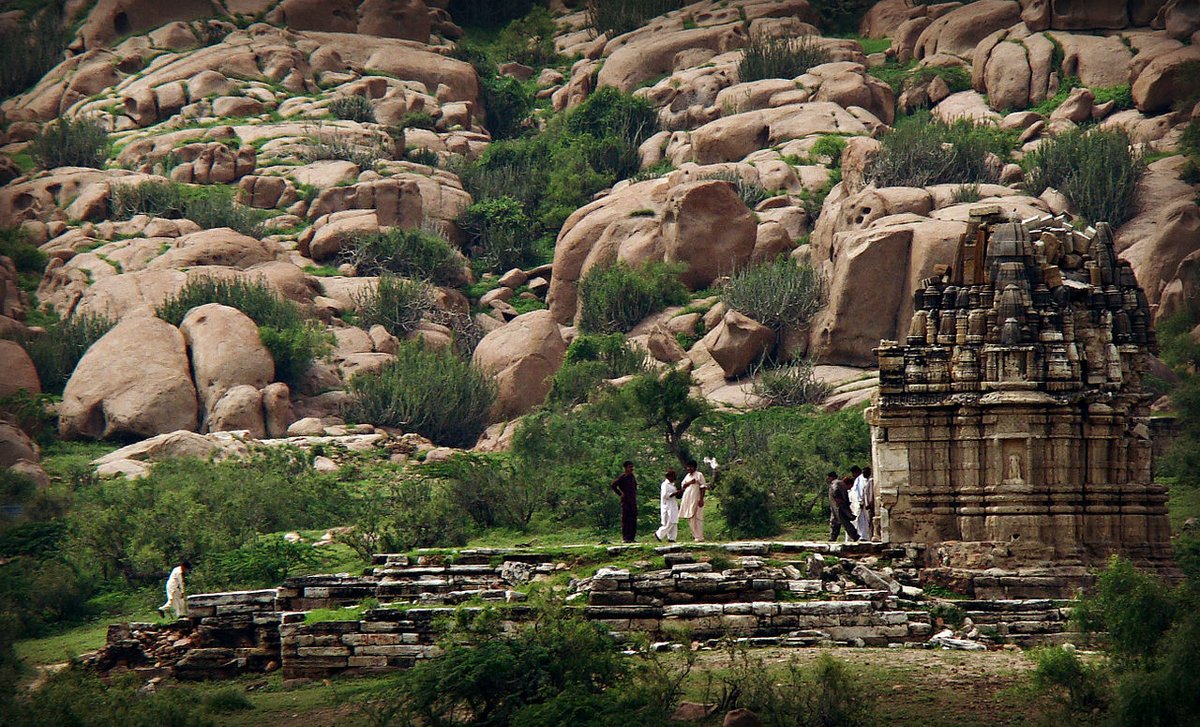
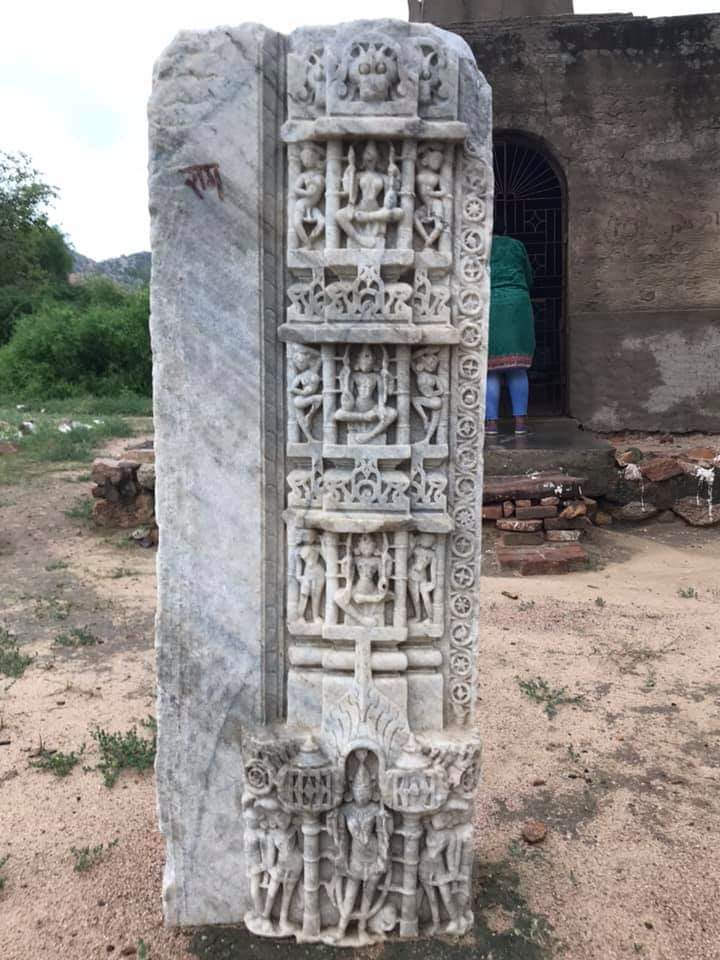
Godiji Jain temple , nagarparkar is one of the oldest temple which is dated as early as 3rd century CE
The text "Shri gaudi parshvanath stavan" by nemavijaya was written here itself
Many temple in india is named after godiji parshvanatha in the memory of this original temple
The text "Shri gaudi parshvanath stavan" by nemavijaya was written here itself
Many temple in india is named after godiji parshvanatha in the memory of this original temple
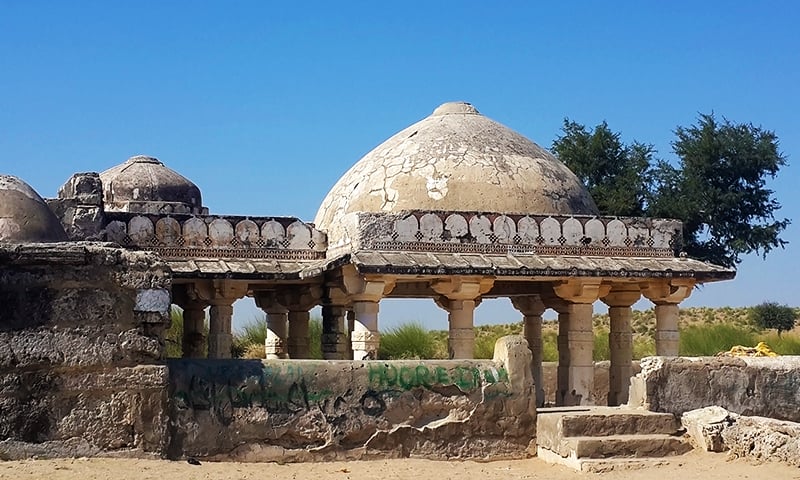
Many kutchi jains,who now settled in kutch, Gujarat & many parts of the world have a historic connection with tharparkar region
Some Jain clans even trace descent from "Megha Sa" the bulder of gori temple
And the gori temple Fresco's is older than any other fresco in Pakistan

Some Jain clans even trace descent from "Megha Sa" the bulder of gori temple
And the gori temple Fresco's is older than any other fresco in Pakistan
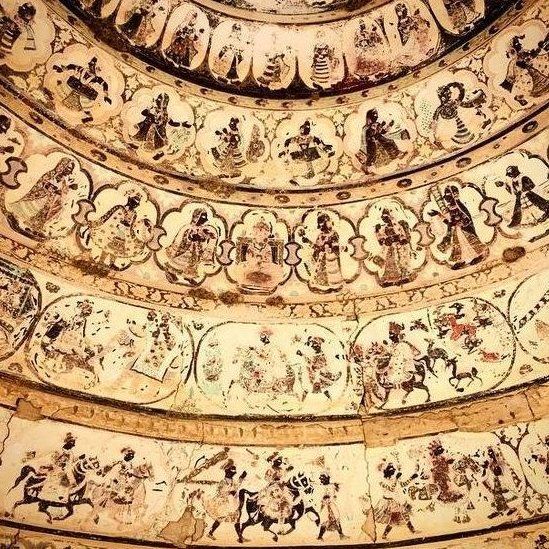
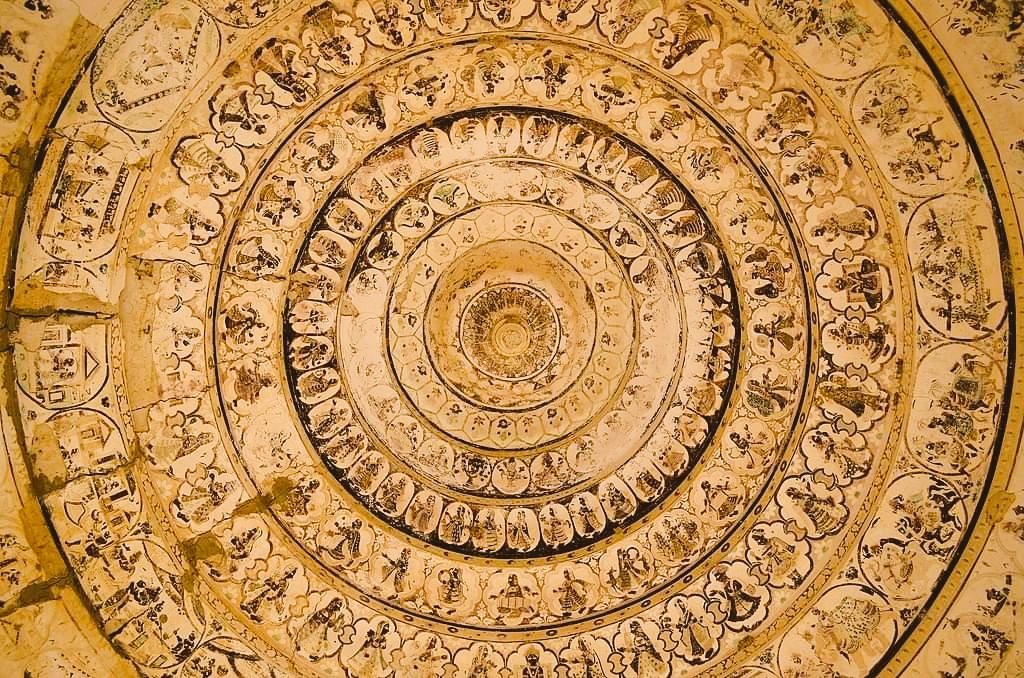
further this is the last standing pillar of lost Jain temple in nagarparkar , the pillar has it resemble from the temple of ranakpur & dilwara
One can imagine the grandeur & scale of the lost temple just by looking at the pillar
Such ruins of Jain temple are scattered all over
One can imagine the grandeur & scale of the lost temple just by looking at the pillar
Such ruins of Jain temple are scattered all over
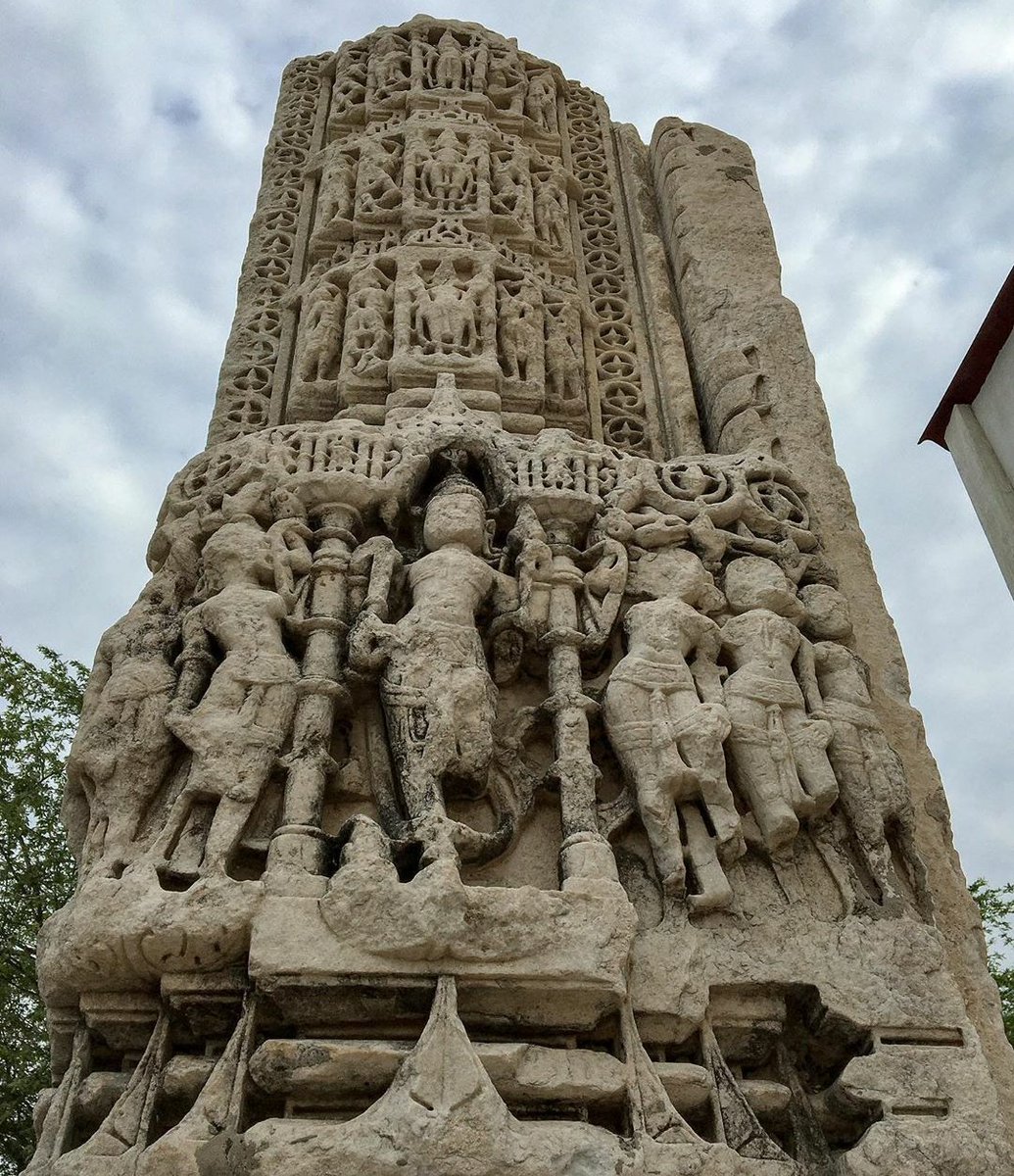
Well it is also believed that many jaina sculptures been taken by local Hindus to save them from further vandalism
Jain sculptures are worshipped by them in their houses , as there are sizable population of Hindus in Sindh
Jain sculptures are worshipped by them in their houses , as there are sizable population of Hindus in Sindh

Bhodesar Jain temple,nagarparkar
The temple, was built in the classical style with stones without any mortar, built around the 9th century CE, by a Jain woman named Poni Daharo
Bhodesar was the region's capital during Sodha rule & now the Jain temples are used as cattle sheds
The temple, was built in the classical style with stones without any mortar, built around the 9th century CE, by a Jain woman named Poni Daharo
Bhodesar was the region's capital during Sodha rule & now the Jain temples are used as cattle sheds
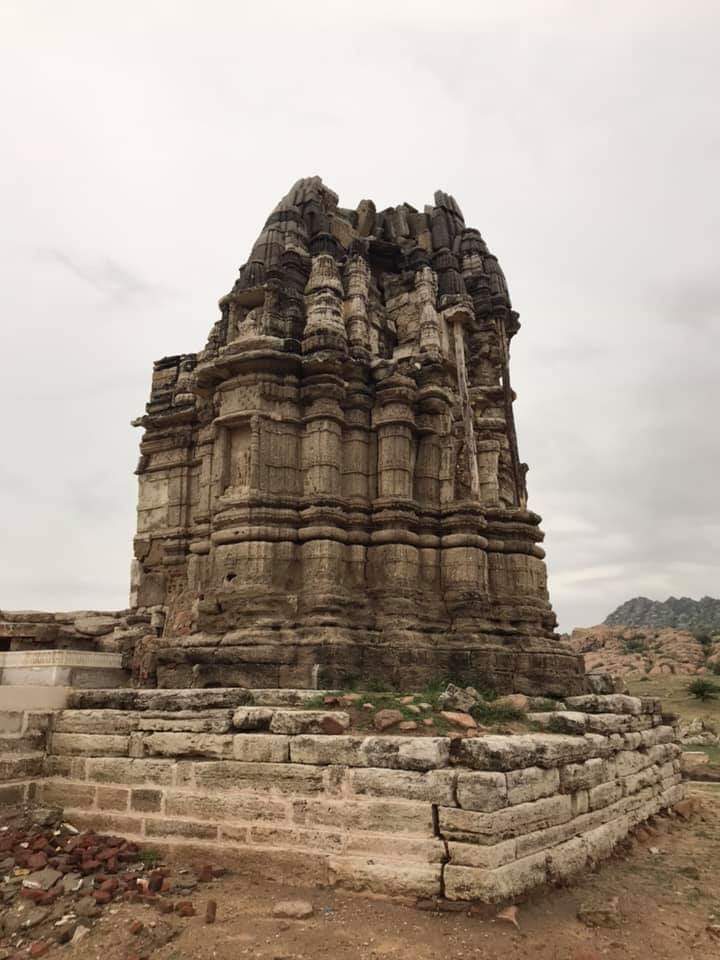
The wealth of Jain community in Sindh was reflected in their beautiful Jain temples which once dotted the entire Sindh
The towns of nagarparkar ,gori, viravah , bodhesar contains remains of numerous Jain temples which is now deserted & in ruins ..
The towns of nagarparkar ,gori, viravah , bodhesar contains remains of numerous Jain temples which is now deserted & in ruins ..
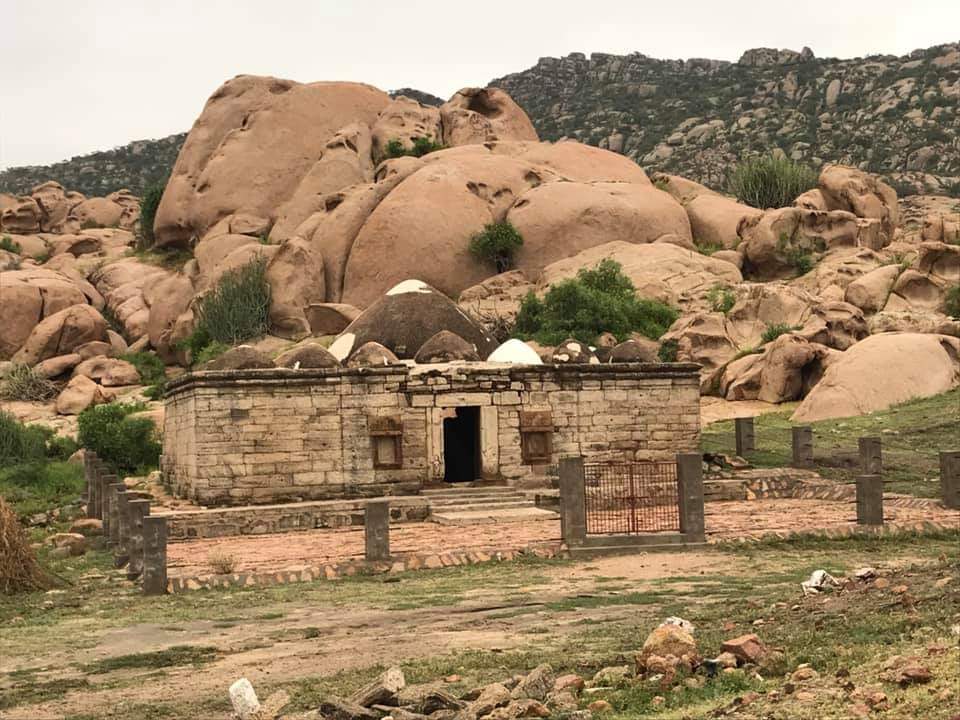
This beautiful 11th century marble मूर्ति of jaina tirthankara shantinatha was once installed inside the Jain temple at varaval, Sindh,(now pakistan.)
Due to fear of destruction it was carried by jains who left Pakistan after partition
Now at : CSMVS museum , Mumbai
Due to fear of destruction it was carried by jains who left Pakistan after partition
Now at : CSMVS museum , Mumbai
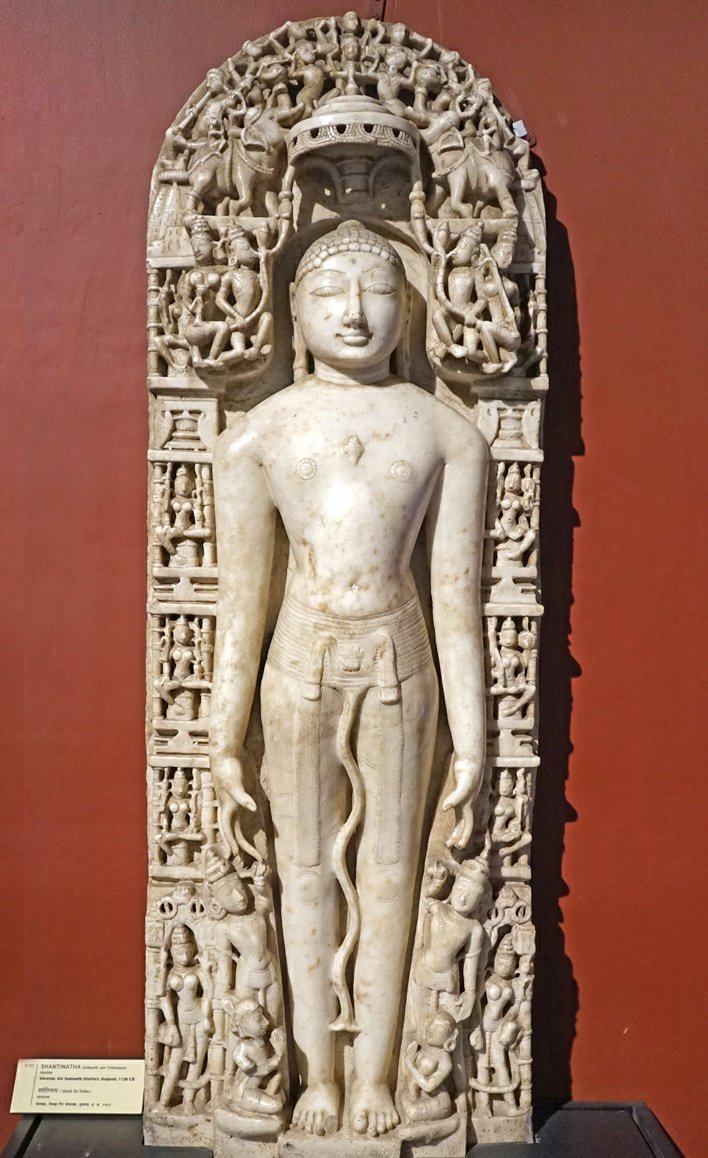
Jaisalmer temples too houses many Jain sculptures which was brought from Pakistan during partition
When Pakistan was formed the silk trade route was shut down , buisness suddenly came to an end,jains have to flee in order to survive ,many donated their idols to Jaisalmer temple
When Pakistan was formed the silk trade route was shut down , buisness suddenly came to an end,jains have to flee in order to survive ,many donated their idols to Jaisalmer temple
Now coming to Punjab
This is a samadhi of of great Jain ācārya Jin kushal Suri,derawar
Compare it with the lavish tombs of Mughals & Turks which dots our country
He ws pioneer in spreading the message of true faith in the region of Punjab & Sindh amidst religious voilence
This is a samadhi of of great Jain ācārya Jin kushal Suri,derawar
Compare it with the lavish tombs of Mughals & Turks which dots our country
He ws pioneer in spreading the message of true faith in the region of Punjab & Sindh amidst religious voilence
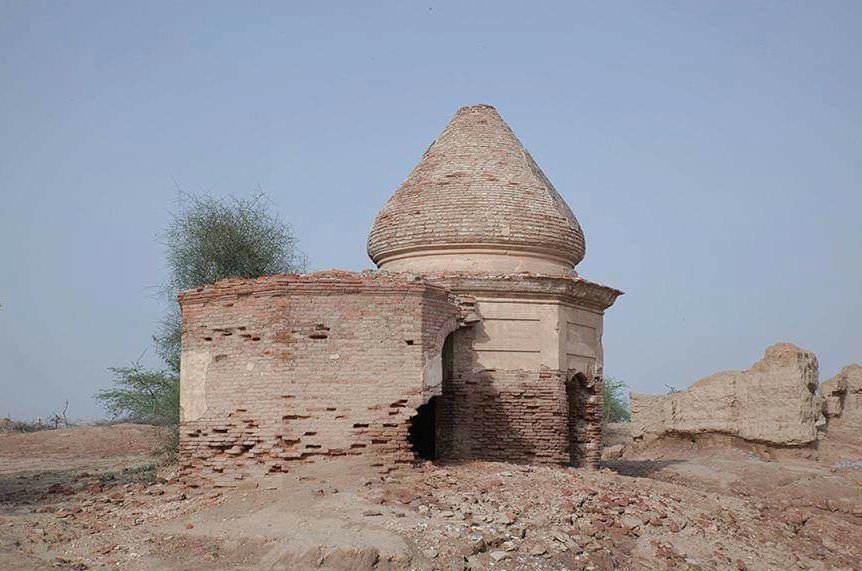
This is beautiful Jain temple inside Bihar gate,Multan
But now the temple is used as madr@sa because no one of Jain community left in Multan
Note the beautiful carved wall ,where all the 24 tirthankara r beautifully carved
The grandeur of the temple it was is still visible
But now the temple is used as madr@sa because no one of Jain community left in Multan
Note the beautiful carved wall ,where all the 24 tirthankara r beautifully carved
The grandeur of the temple it was is still visible
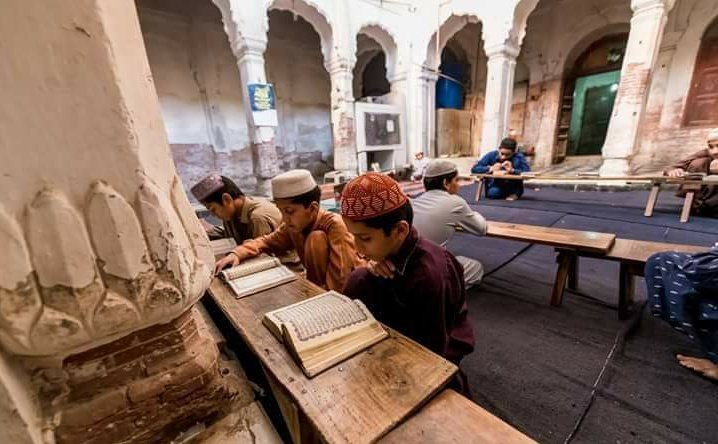
Coming to Lahore , it was important center of jainism in Punjab
If u walk up teshsil Bazar even today ,there's is a Jain manzil , this was meeting place for jains of Lahore till 1947.
Jains have to leave the city later where once they ruled & thrived
If u walk up teshsil Bazar even today ,there's is a Jain manzil , this was meeting place for jains of Lahore till 1947.
Jains have to leave the city later where once they ruled & thrived
The "bhabra community"who where jains where one of the richest & educated in the city who dominated the entire trade & commerce
There are "bhabra bazars" even today in rawalpindi & Lahore & also mohalla called "thari bhabrian" now no one from community left in the city
There are "bhabra bazars" even today in rawalpindi & Lahore & also mohalla called "thari bhabrian" now no one from community left in the city

Within the old walled city , there where atleast 12 Jain temples , of which only one remains , the others where destr0yed in the ri0ts of 1947 which where located near shahalami Bazar , which is where most Jain traders & merchants operated & lived .
The great lohacharya(1st century CE) who is credited to spread the Jain Dharma in Punjab is said to started his preaching from Lahore
Hence once jainism thrived in Lahore & was once prominent Jain centre
In picture Jain temple lying in shambles after it was demolished in 1992
Hence once jainism thrived in Lahore & was once prominent Jain centre
In picture Jain temple lying in shambles after it was demolished in 1992
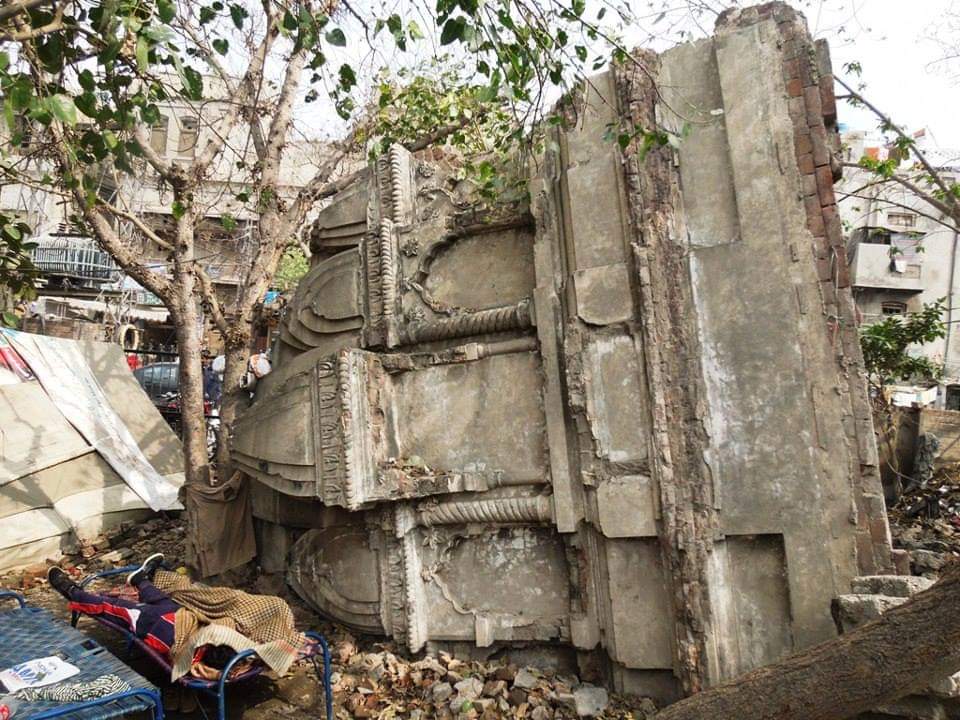
Shrine of atmaramji located in Gujranwala,Pakistan
The shrine memorializes acharya vijayanandsuri a renowned Jain monk , whose ashes where interred here
For years now, the samadhi remained a neglected piece of past occupied by the locals & filled with several encroachment
The shrine memorializes acharya vijayanandsuri a renowned Jain monk , whose ashes where interred here
For years now, the samadhi remained a neglected piece of past occupied by the locals & filled with several encroachment
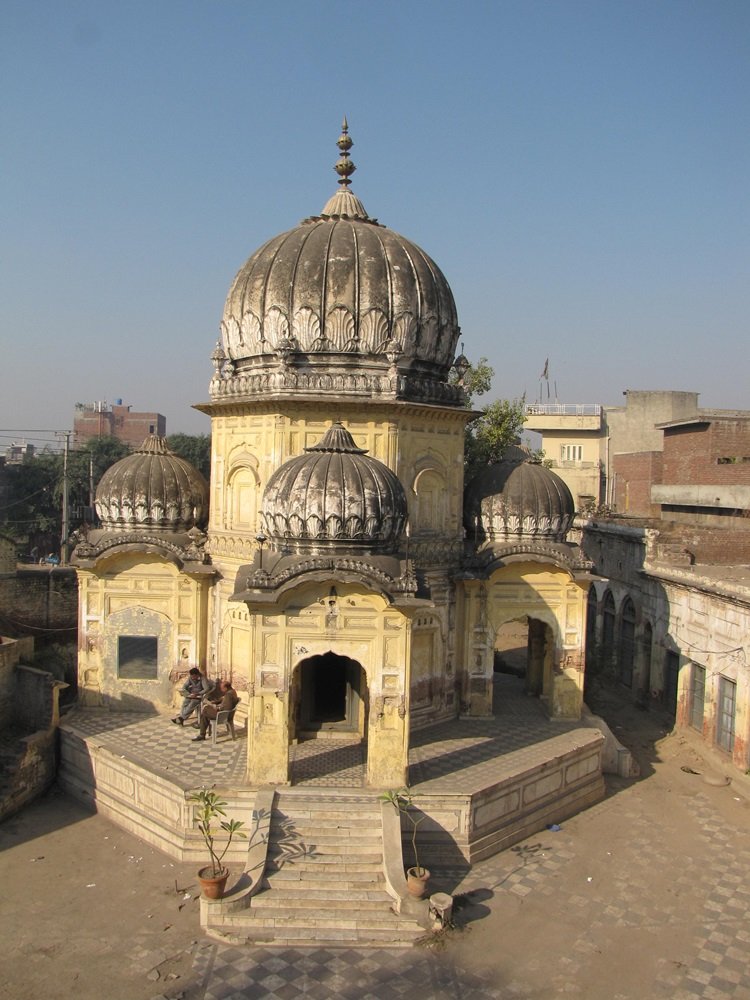
Rawalpindi also was one of the important Jain center in Punjab before partition
Raja Bazaar & bhabra Bazaar where important Jain areas, dotted with beautiful Jain temples & magnificent havelis
In picture last remain of Jain temple which once echoed by the prayers & temple bells
Raja Bazaar & bhabra Bazaar where important Jain areas, dotted with beautiful Jain temples & magnificent havelis
In picture last remain of Jain temple which once echoed by the prayers & temple bells
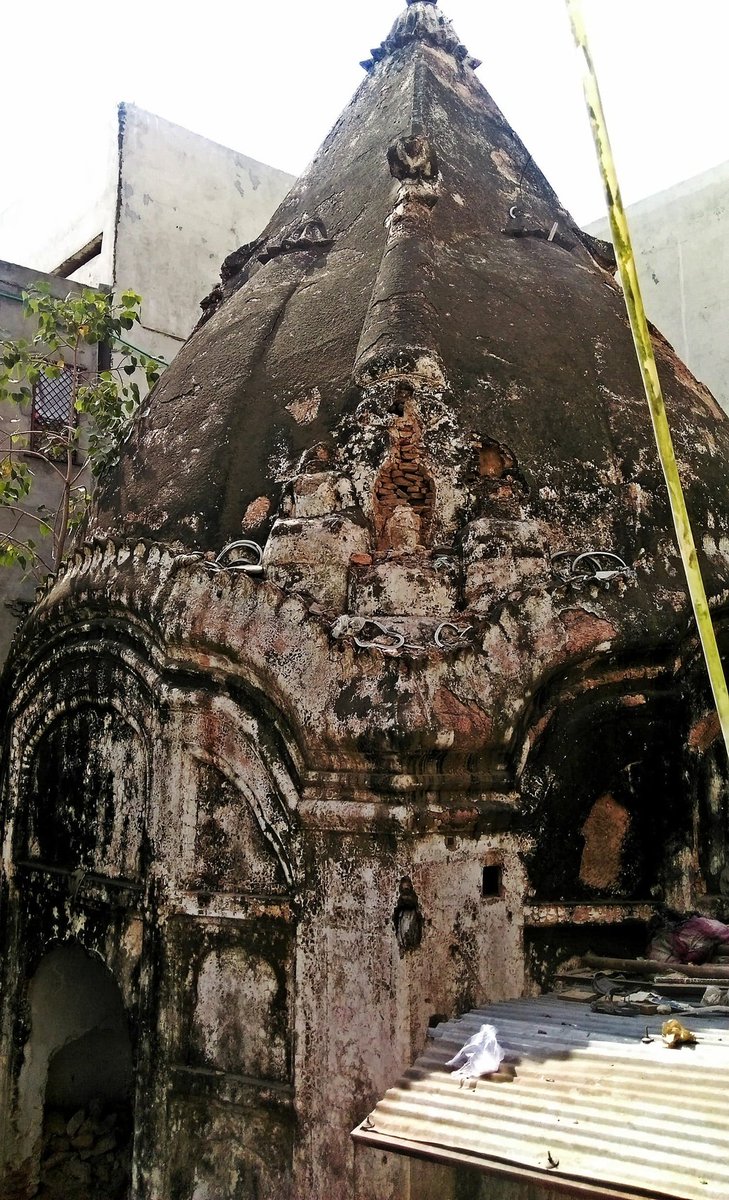
Apart from these important places , there where jain heritage scatterd in kasur, papanakha,ram nagar, sialkot , norwal,sankhatra , Jhelum city, bhera , khanga dogran,Hyderabad,deewaar
Sadly nothing of past really exist , all glory been wiped out , the whole civilization is lost
Sadly nothing of past really exist , all glory been wiped out , the whole civilization is lost
• • •
Missing some Tweet in this thread? You can try to
force a refresh


















